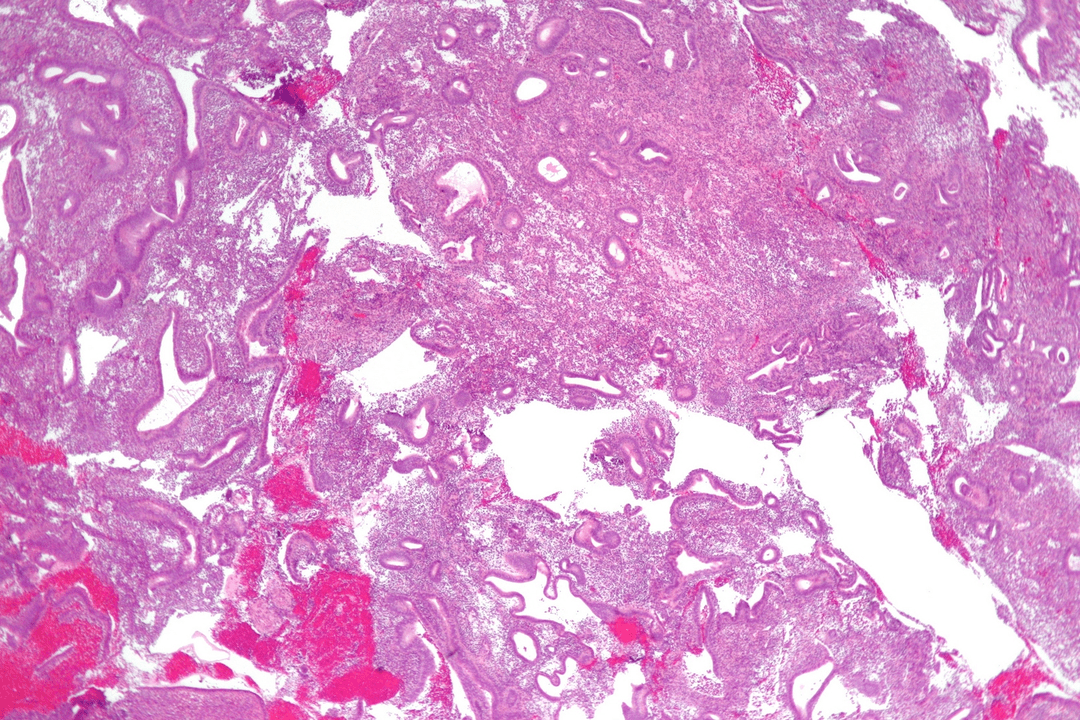
What is squamous cell papilloma and its structure
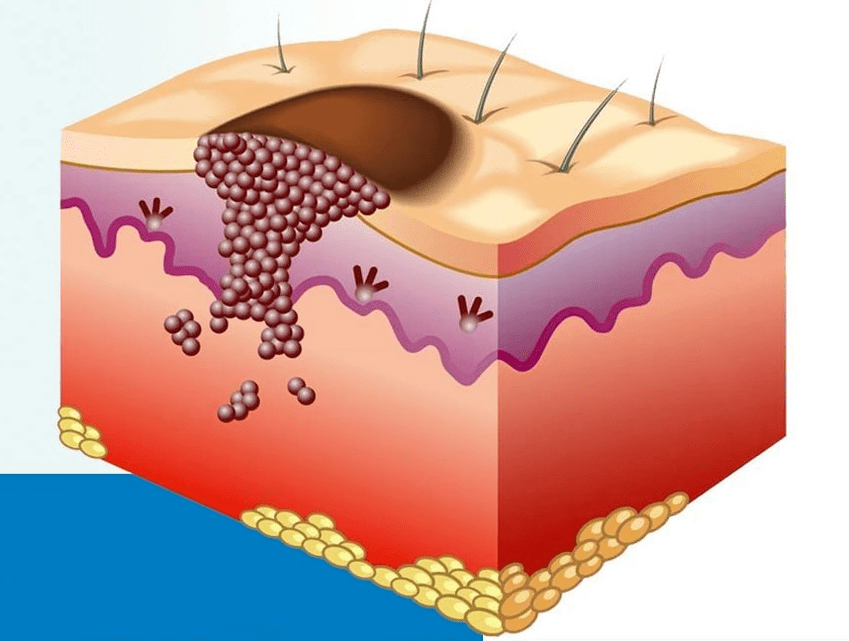
Causes and sources of infection
- Sexual intercourse from any source: vaginal, oral, anal;
- Daily contact (handshake). The most fundamental thing here is the presence of an open wound.
- Go to public places with high humidity: swimming pools, saunas;
- Breach of personal hygiene standards.
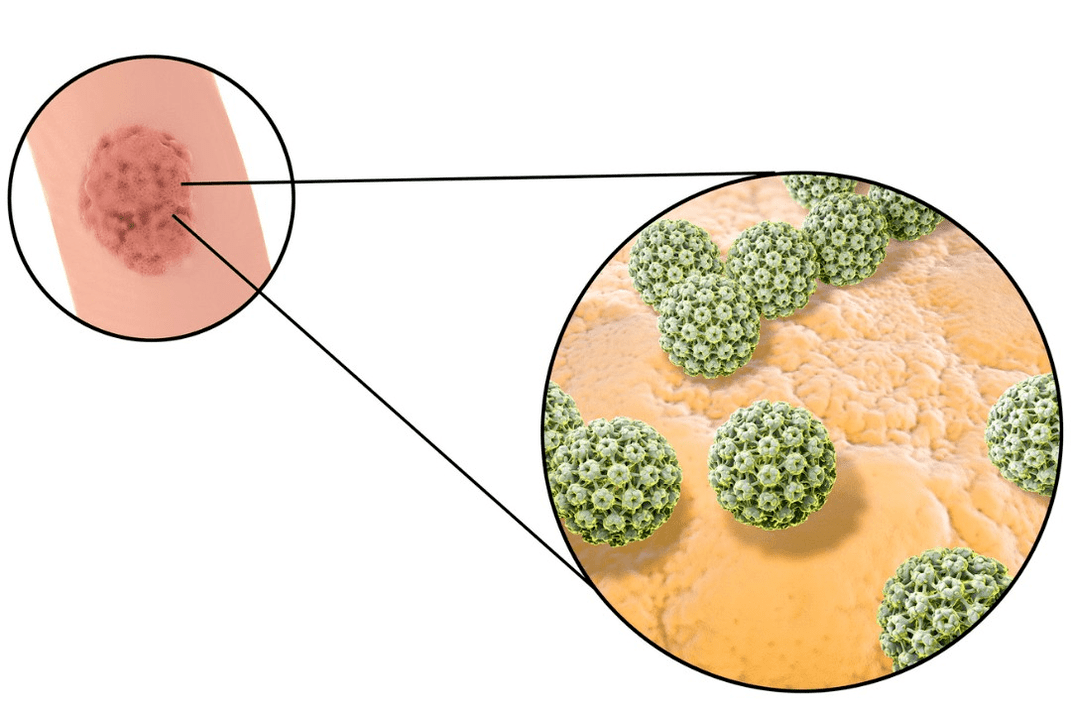
- Presence of bad habits: alcoholism, smoking, illegal drugs, malnutrition;
- Digestive system dysfunction;
- skin disease;
- older;
- genetic predisposition;
- Third Party Chemical Exposure.
Why is it dangerous to humans?
Symptoms and diagnosis

- biopsy;
- blood analysis;
- PCR test.
Esophageal papilloma

Signs of formation in the mouth and throat
Signs of a barrier to intimacy
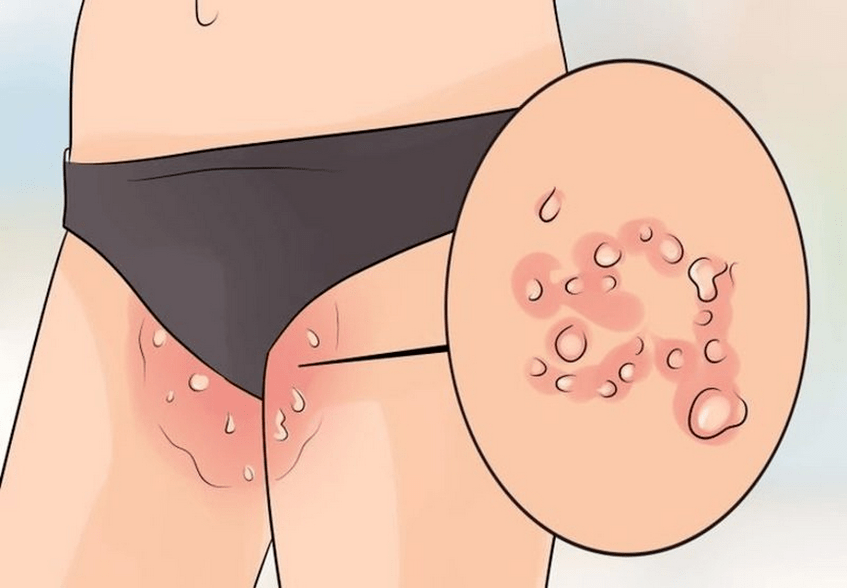
Treatment and removal methods
- using liquid nitrogen cryotherapy;
- Surgery;
- Removal by high frequency current;
- laser removal;
- Surgery is performed using a radio knife.
Folk remedies treatment
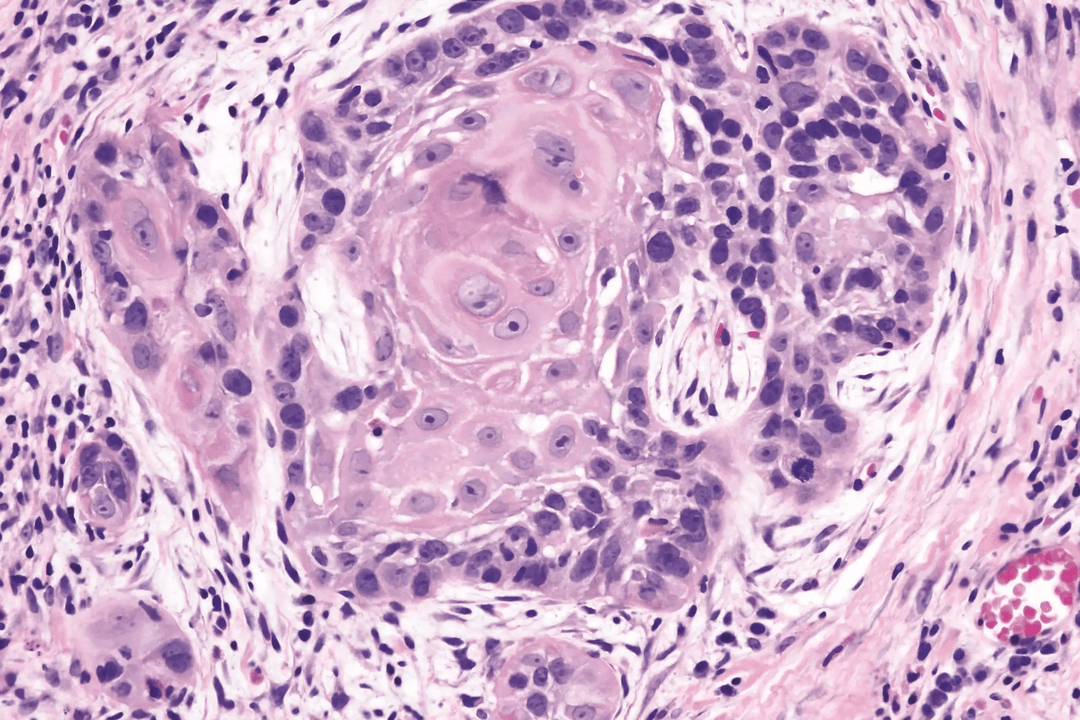
- Freshly squeezed potato juice. Course of treatment - 2 months, take 100 ml, 2 times a day;
- Celandine juice. Course of treatment - 4 weeks, lubricate the affected area with liquid several times a day;
- fresh garlic. Secure the cleaned slices to the growth with adhesive tape for 2-3 hours.
prevention and prognosis
- Seek medical help as early as possible;
- Proper nutrition;
- Eliminate all bad habits.














































































